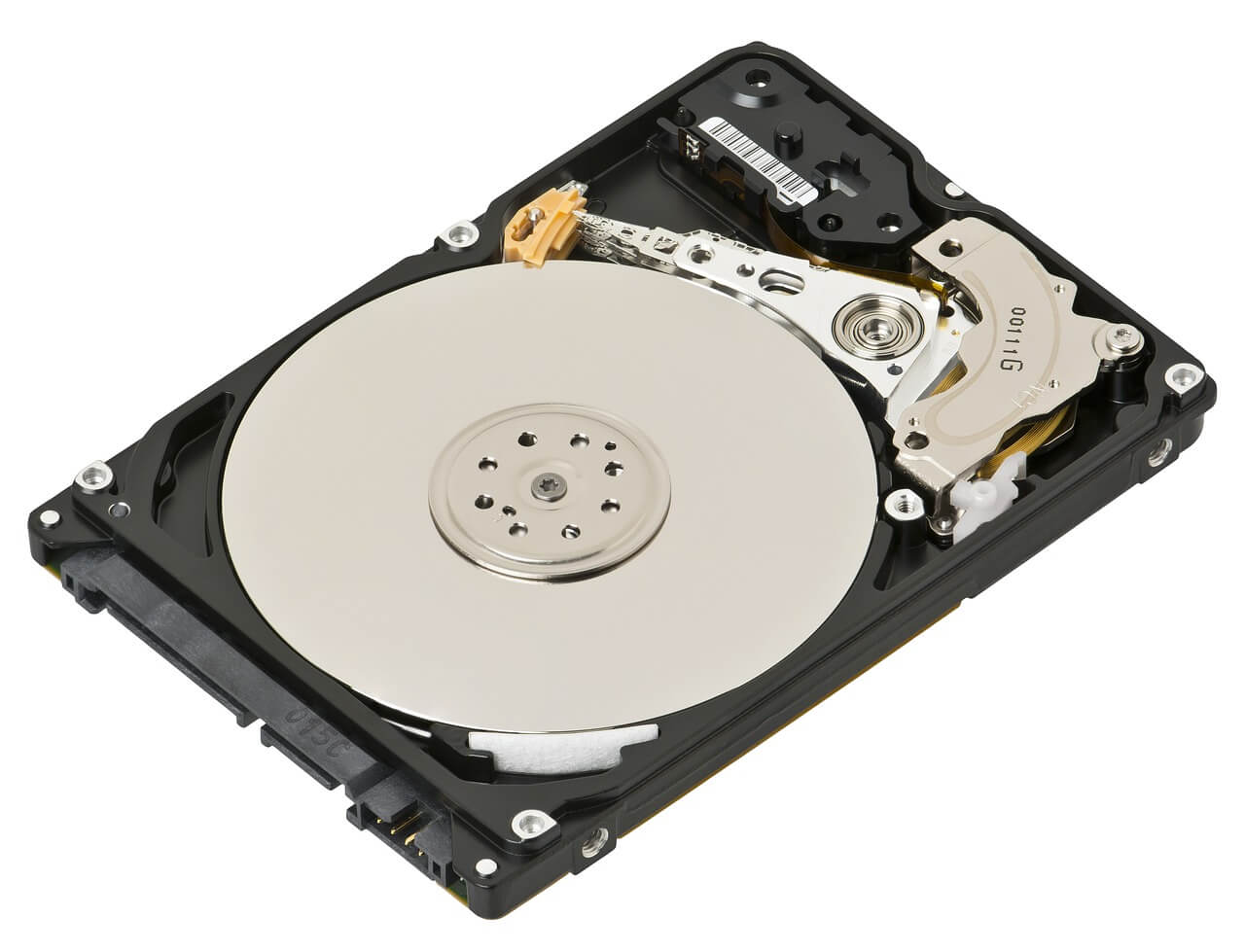
data recovery for SSD after data deletion is possible, definitely. One takeaway lesson is that erasing data on a SSD is a bit difficult. One reason is that overwriting data on a SSD does not work the way you'd think it does, due to wear leveling along with other features. Whenever you ask the SSD to overwrite a present sector, it does not In fact, overwrite or delete the present information. Instead, it writes the new data somewhere else and simply change a pointer to point to the new version. The older version might Eventually be erased, or it might not.
Consequently, even data you think you've erased, can nevertheless be present and reachable on the SSD. SSDs are a bit difficult to sanitize, since the methods that used to work for magnetic HDDs do not necessarily work reliably on SSDs. Consequently, utilities which are advertised as providing drive erase functionality might not be fully protected, if applied to a SSD. For example, the FAST document revealed that, in most cases, performing a full replica of all of the data on the SSD double was enough to sanitize the disc drive, however there were a few exceptional cases where some of the data nevertheless remained present.
There might be many reasons not to want to execute overwrites of the entire drive: it's extremely slow, and it might reduce the subsequent life time of the drive. The FAST paper also found that degaussing Isn't at sanitizing SSDs, effective whatsoever. Furthermore, the FAST paper found that for sanitizing individual files, utilities were unreliable on SSDs a sizable fraction of the data remained present somewhere on the disk. Consequently, you should assume there's no way to safely erase individual files from a SSD, you want to sanitize the drive, as a whole unit. The most reliable approach to securely erase a SSD is to utilize the ATA Secure Erase command.
Nevertheless, this isn't foolproof. The FAST paper found that SSDs apply this correctly, but not all. Particularly, 8 of the 12 SSDs they studied supported ATA Secure Erase, and 4 didn't. Of the 8 that did support it, 3 had a buggy implementation. 1 buggy implementation was really bad: it reported success, but really left the data lying around. This can be atrociously bad, because there's no way that applications Can detect an inability to erase. 2 implementations abandoned and neglected information lying around, but at least they reported failure if the applications Which sends the ATA Secure Erase command checks the result code, at least the collapse might be detected.
